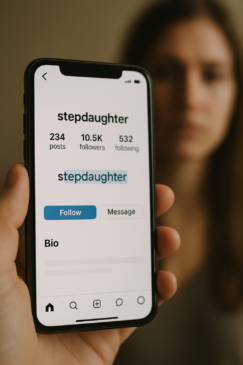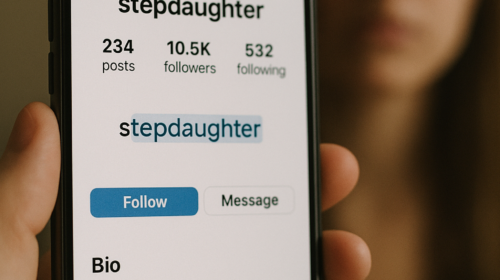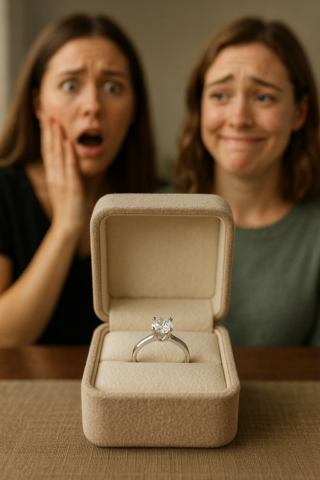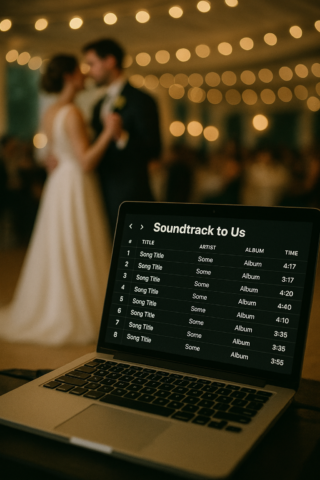It was a regular evening when I sat down with a cup of tea and idly decided to check my daughter Emma’s Instagram profile. She’s sixteen, and though I respect her privacy, I occasionally glance at her public posts just to see what she’s been up to.
Scrolling to her profile, I noticed she’d updated her bio. It now read:
“Daughter, sister, stepdaughter ❤️”
And next to “stepdaughter” was a tag—linking directly to her stepmom, Claire.
The Immediate Reaction
My heart skipped. It wasn’t that I disliked Claire—we’d maintained a civil, even friendly, relationship since my ex-husband remarried. But seeing my daughter publicly highlight her as part of her identity felt like a shift.
For years, Emma’s bios and posts had always reflected our family dynamic as I’d known it. Now, this change made me feel… replaced? Or maybe just pushed to the side.

Sorting Through the Feelings
I knew, logically, that there was nothing wrong with Emma loving her stepmom. In fact, I should be glad they had a positive relationship. But emotionally, it was harder to swallow.
I had been there for every scraped knee, every late-night study session, every school play. Seeing “stepdaughter” highlighted felt like my role was being diluted in the public eye.
The Conversation
That night, I decided to bring it up gently. “Hey, I saw your new Instagram bio. It’s sweet that you’re close to Claire.”
Emma smiled. “Yeah, she’s been really supportive lately. She helped me with my college essay, and we’ve been hanging out more.”
I nodded. “I’m glad you have that. But I just want you to know… seeing it made me feel a little left out.”
Her smile faded slightly. “Oh. I didn’t mean it like that, Mom. You’ll always be my mom. I just wanted to show her I appreciate her.”
Why It Hurt
It wasn’t about competition—it was about recognition. In the age of social media, bios and posts aren’t just words; they’re public declarations of who matters. And while I knew Emma wasn’t erasing me, it still felt strange to see such a personal acknowledgment of someone else in that space.
Emma’s Perspective
She explained, “Claire’s part of my life, and I want people to know that. It doesn’t change how I feel about you.”
I realized then that for Emma, this wasn’t about ranking relationships—it was about adding, not replacing. Still, I asked her to be mindful of how certain changes might feel from my side.
Moving Forward
Over time, I adjusted. I started seeing Claire’s role in Emma’s life as a complement, not a threat. We even had a few conversations, the three of us, about how to navigate shared parenting roles with mutual respect.
Lessons Learned
Blended families are complicated, especially when social media adds a layer of public visibility. Kids may see their posts as small gestures, but parents can read them as emotional statements. The best approach? Open conversations and reminding each other that love isn’t a finite resource.
Final Thought
A child’s love can expand to include new people without shrinking for the originals. It’s okay to feel a pang when that love is displayed publicly—what matters is turning that moment into an honest conversation, not a silent resentment.



